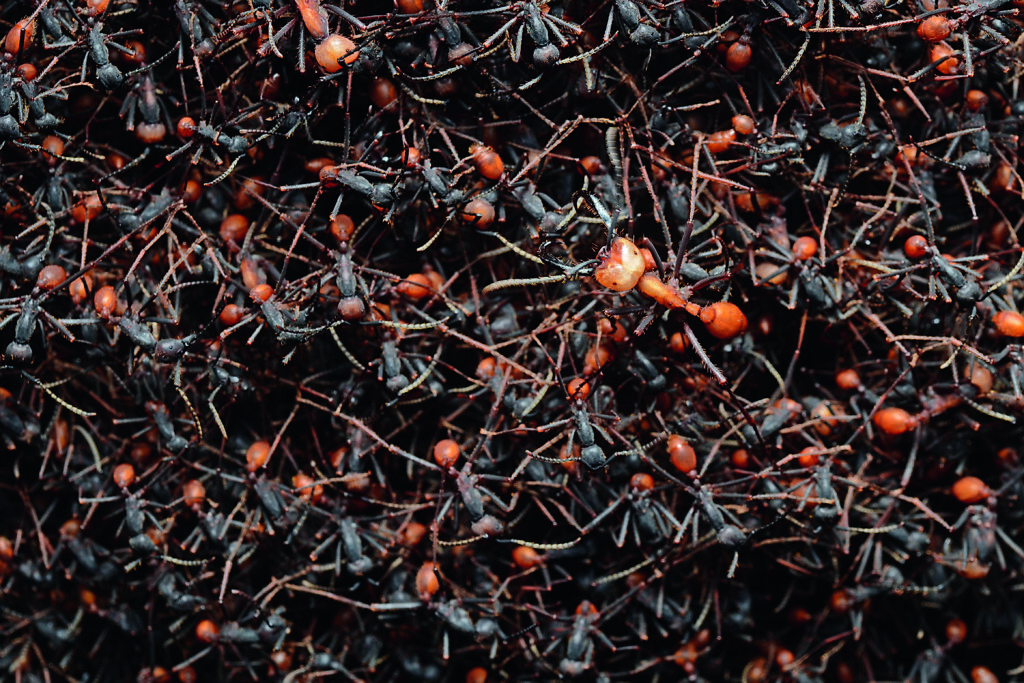Permanent Exhibition
In our interactive exhibition in the Bionicum, everyone can become a researcher. The exhibition looks at different exciting topics from the field of bionics. Come and discover the amazing technologies that nature has for us humans.
Topics of the permanent exhibition
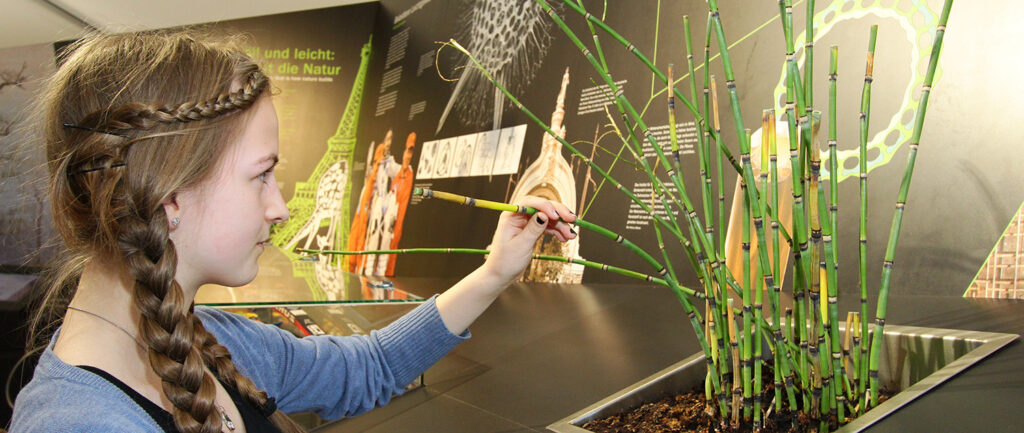
Sturdy and light: that is how nature builds
Shapes of branches or bones do not develop randomly in nature. They are designed to withstand stresses as optimally as possible. As a material, nature uses the composite of fibers and filler.
It’s the skin that does it
The surfaces of animals and plants have amazing properties. The sandfish has scales that cannot be scratched, while the thorny devil can drink from damp sand without getting hurt.
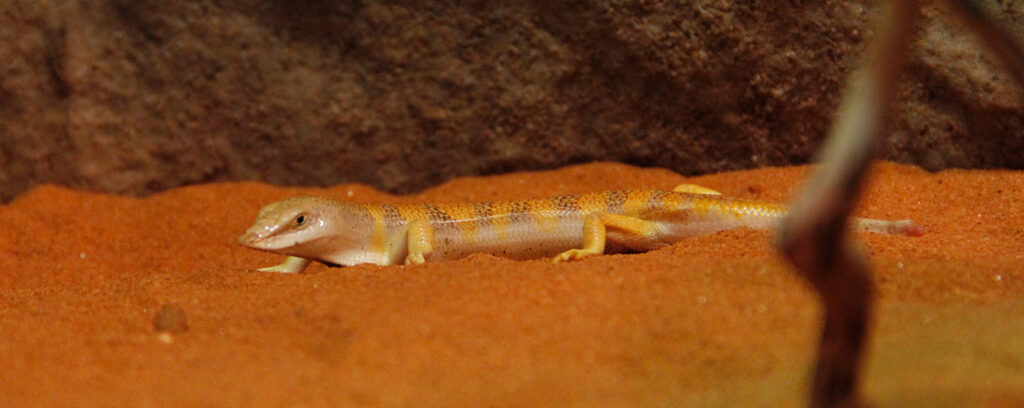
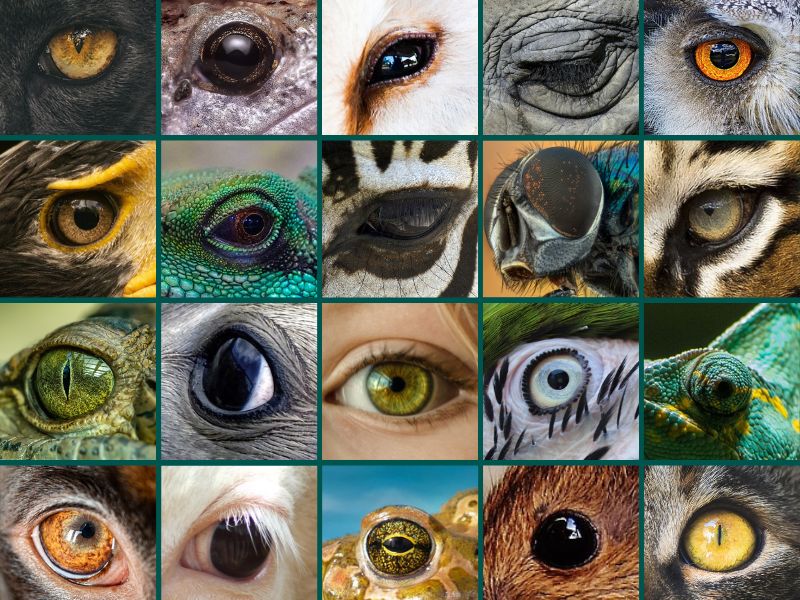
Many species, many ideas
The idea of bionics comes from the fact that there are many different types of animals on our planet – the biodiversity. The example of the eyes shows why there are so many different types in the animal kingdom. This diversity is very useful to humans and inspires many new ideas.
In best form as if by magic
Rodents always have sharp teeth, even if they gnaw on hard things every day. How do they do it? Nature provides materials that sharpen, repair and rebuild themselves.
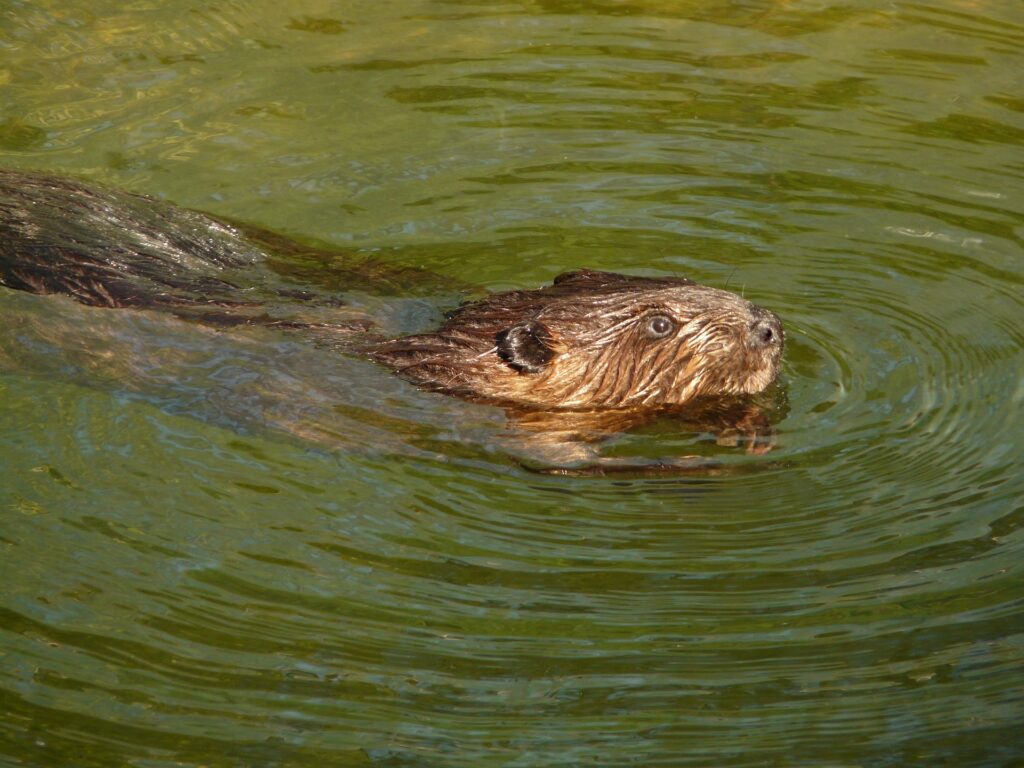
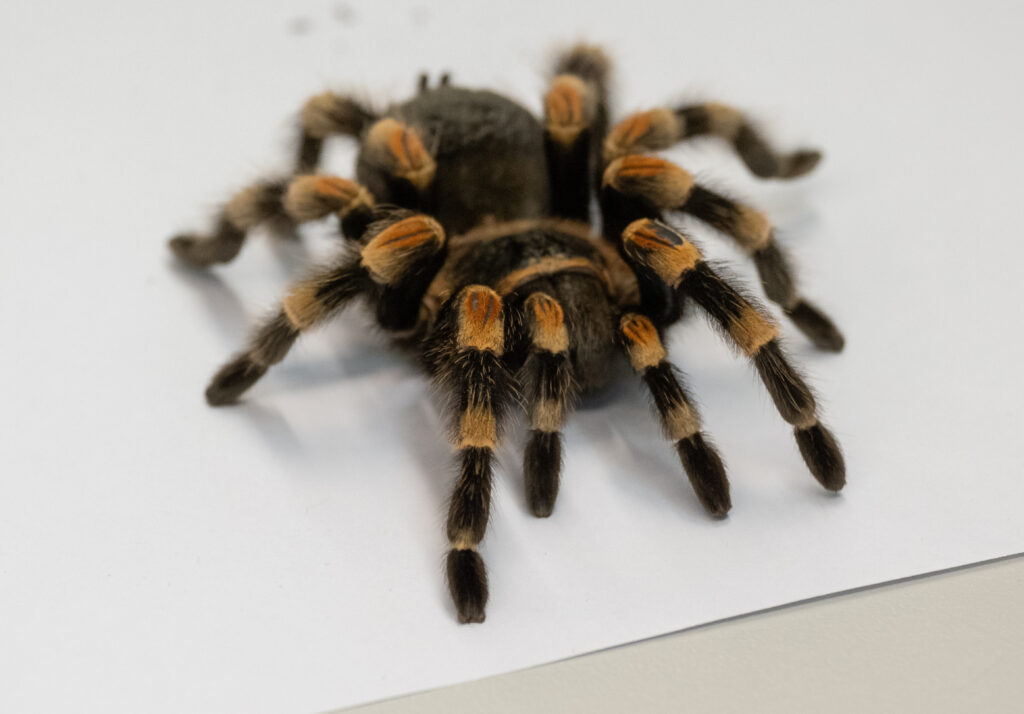
What do robots learn from people and animals?
Animals are used as models for the way modern robots work. But current technology can’t match the properties of muscles and tendons. A good way to understand this is to compare a spider and a robot.
Small particles, big effect
The gecko can stick to the wall by ensuring skin contact between molecules. This knowledge is used in modern bionics and is also making inroads into the field of nanotechnology.
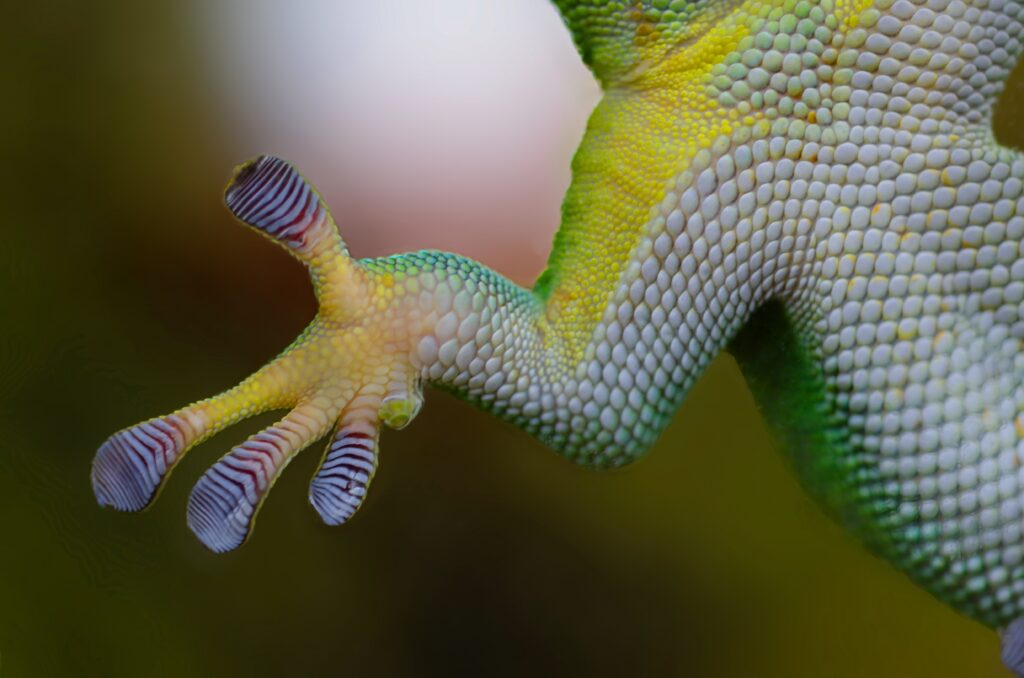
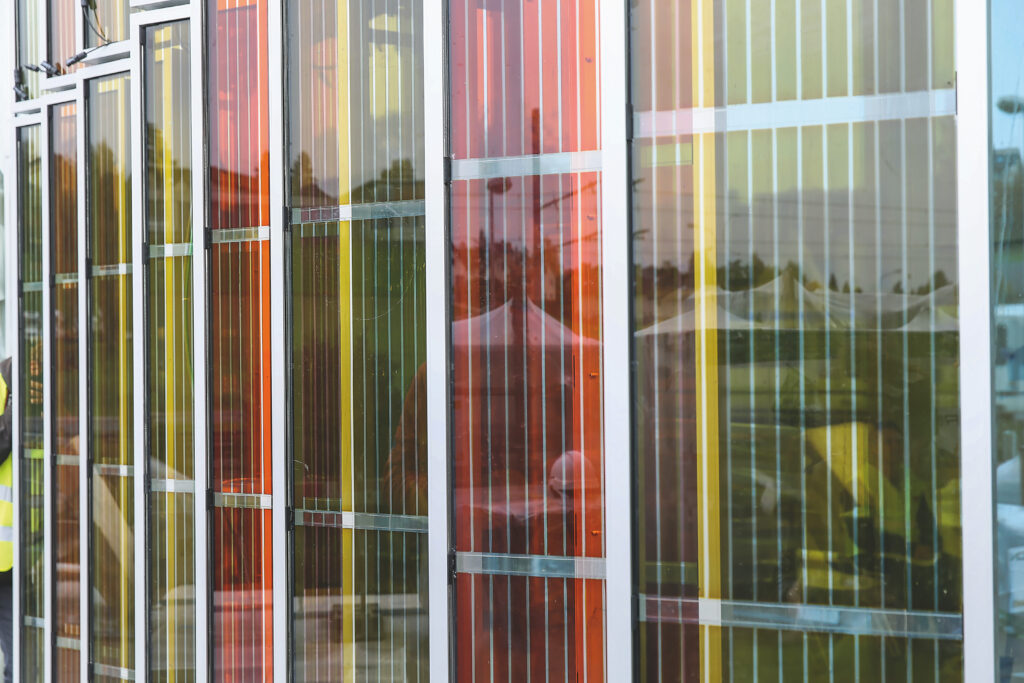
Light provides energy and creates electricity
Nature shows us how we can live in the future. It provides energy according to different types of plants, provides shade like the bird of paradise flower and creates ventilation like that seen in prairie dogs and termites.
© Alain Herzog | EPFL
Short routes, quickly found
The ants are very clever when it comes to planning their routes. They are so good at this that we can learn a lot from them. This is how modern logistics companies plan their routes.
© Geoff Gallice
